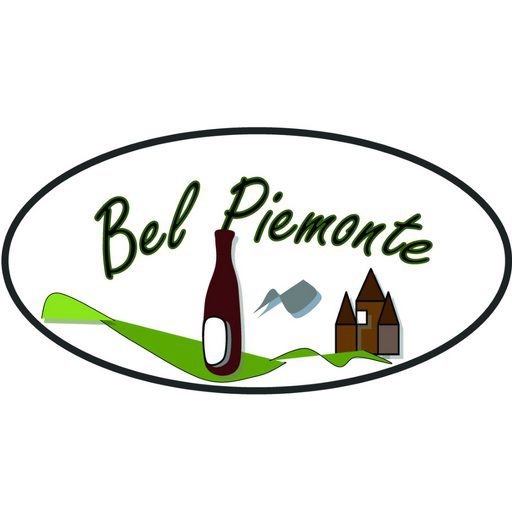Dolcetto is the most popular grape variety in Piemonte that gives wine of the same name. Although it’s spread all over the region, originally it was cultivated near Dogliani town, situated on the west part of the Langhe. Till today it plays a significant role in the local economy, like in case of a small village called Clavesana, where is located a big winery. This cooperative collects over 350 families of grape cultivators living and working on high hills looking on Tanaro river and Monviso pick.
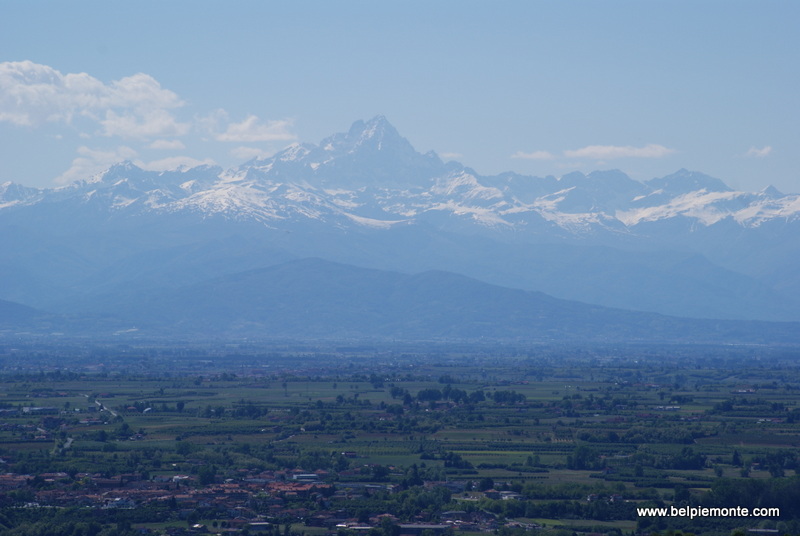
For the first time I visited Cantina Clavesana after the meeting with Chris Bangle. The president of cooperative, Giovanni Bracco, invited us for a short tour in the winery. During one of beautiful weekend of May I decided to comeback to look closer to the area and its wines.
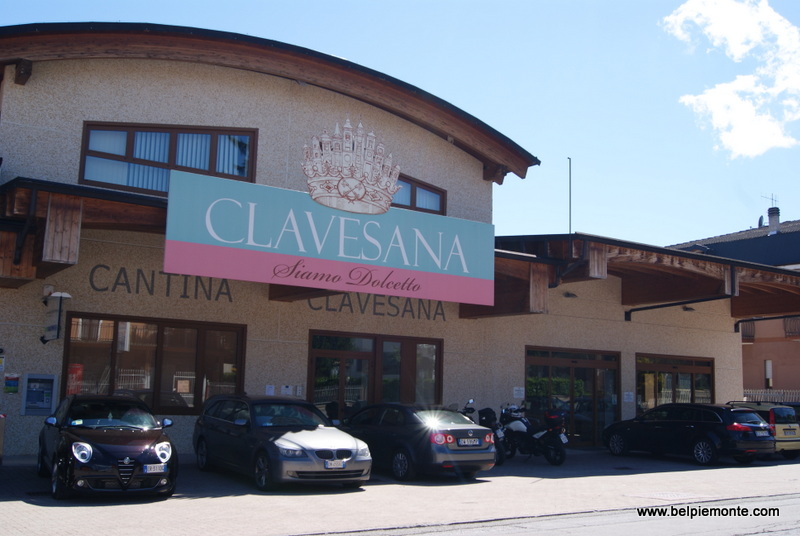
In spite of Sunday a spacious shop was full of live. I enjoyed the atmosphere of this pace: cozy, a bit familiar, mainly because townspeople are the most frequent clients, supporting in this way local production. Sometimes tourists come around or alcohol distributors visit the winery (some of them even arrive in a helicopter landing on the background of the winery, as I could see with my own eyes).
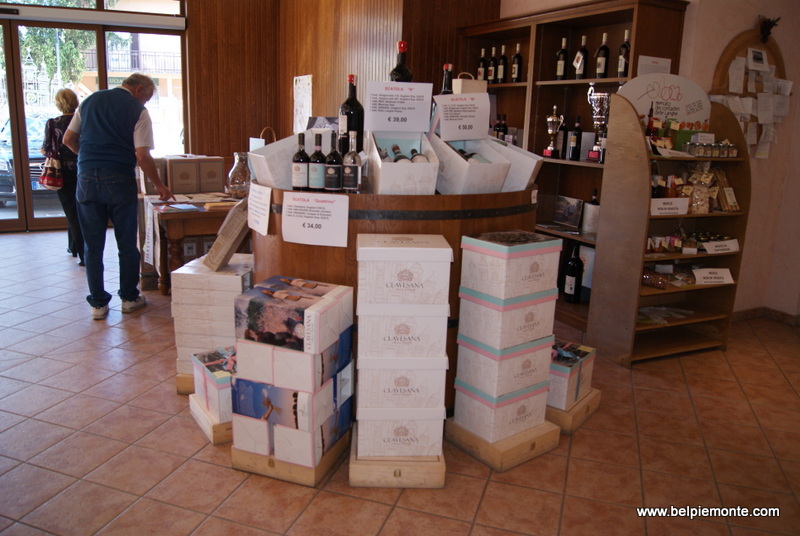
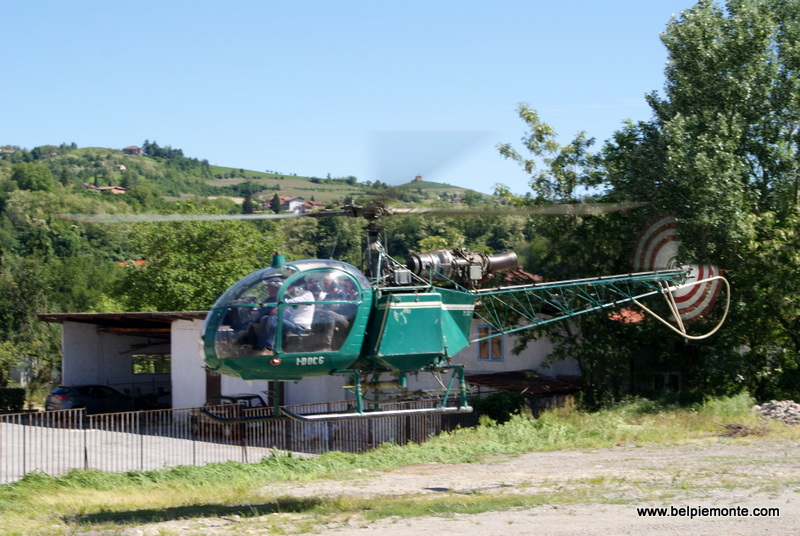

The range of available products is impressive: you can buy both cask wine and sold in bottles, as well as really nice present sets: in decorated wood cases or elegant paper boxes. In addition to Dolcetto (90% of total production), they make also Barbera, Barolo or white dry Langhe Chardonnay. And although the choice is really wide and sometimes difficult, the staff is very helpful and willingly offer wines to taste.
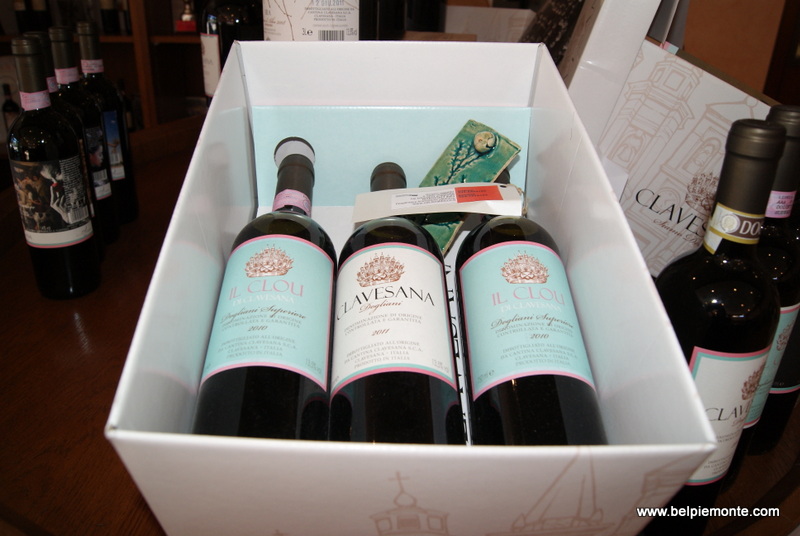
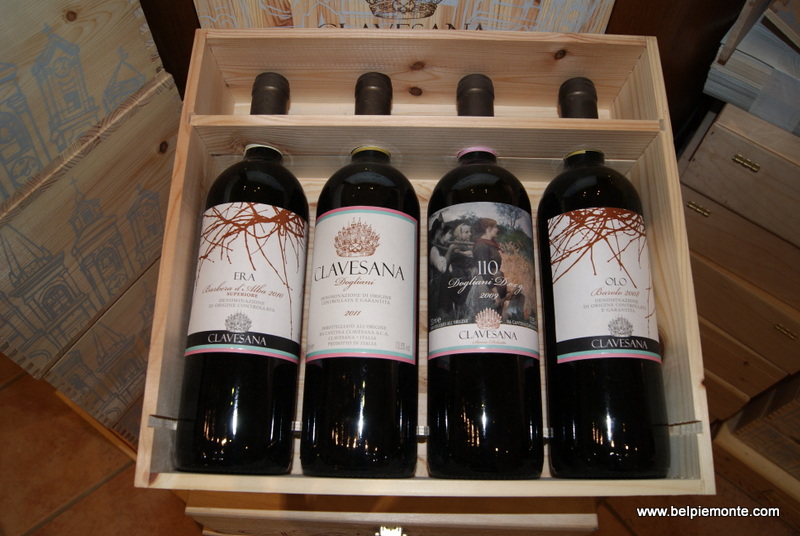
While Giovanni Bracco was showing me the winery and the countryside he was telling me about local production and Clavesana’s everyday life. Following a serpentine road, after each bend emerged more and more beautiful panorama of gentle hills transforming into the plain with snowy Alps chain on the horizon. I was deghlited by the peace of this idyllic area full of gorgeous colors: delicate green of grapevine, a bit darker hazel leaves, vivid flowers on grasslands dividing fields. Not to mention about amazing silence and space…
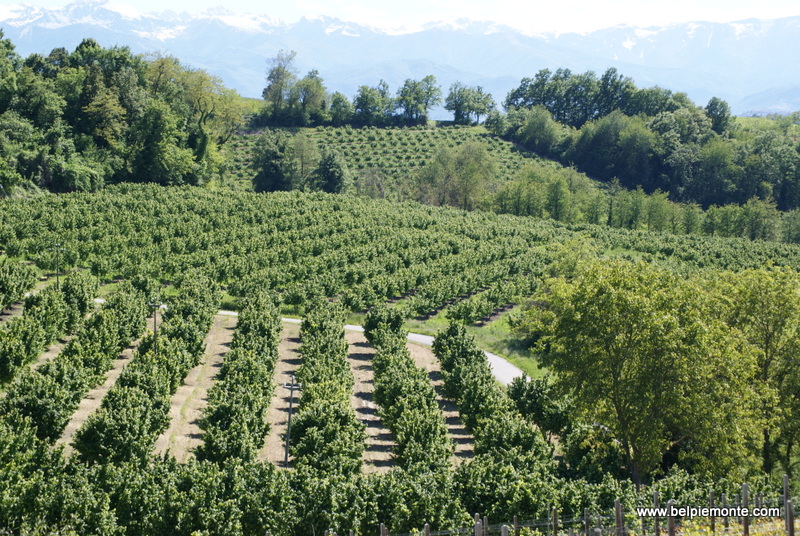

As I got to know the real properties prices are much lower there than in Alba area and comfortable access to the motorway Torino-Savona enables easy connection with the capital of Piedmont or ligurian coast. No wonder a lot of foreigners choose this place as their second home. In result, the half of estates are owned by Germans or Swisses who spend their holidays in the Langhe and such people like Chris Bangle that decided to live there for good still belong to minority.

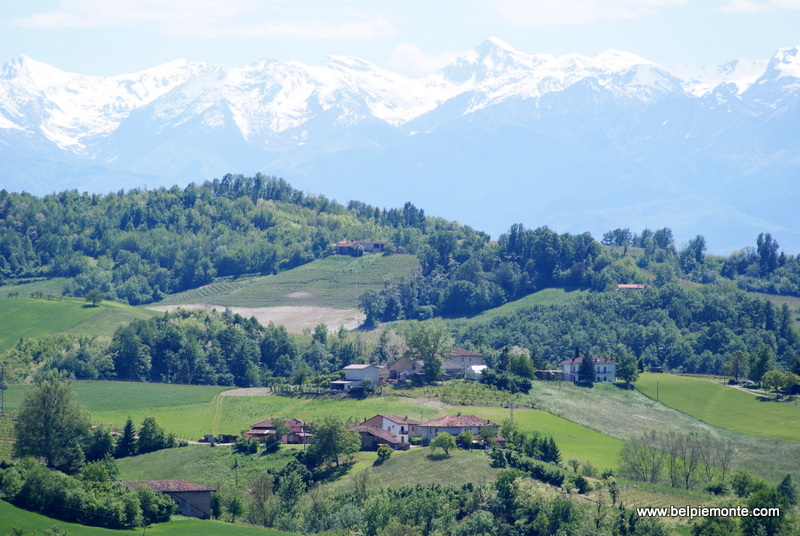
It doesn’t mean local people live easily, in fact it’s a poorer part of the Langhe. How I was explained they are one step behind rich Barolo, Barbaresco or La Morra towns. Why? Too late they started to use their land in a efficient way. It’s hard to believe but until not so long ago grapes were sold as fruits and nobody was even thinking to make wine (and it applies to all the Langhe and Roero area). With a difference that farmers from La Morra or Barolo were the first to travel to Burgundy, learn from French how to take advantage of their land. When Clavesana cultivators followed the idea, market of Dolcetto was already saturated by producers from east part of the Langhe.
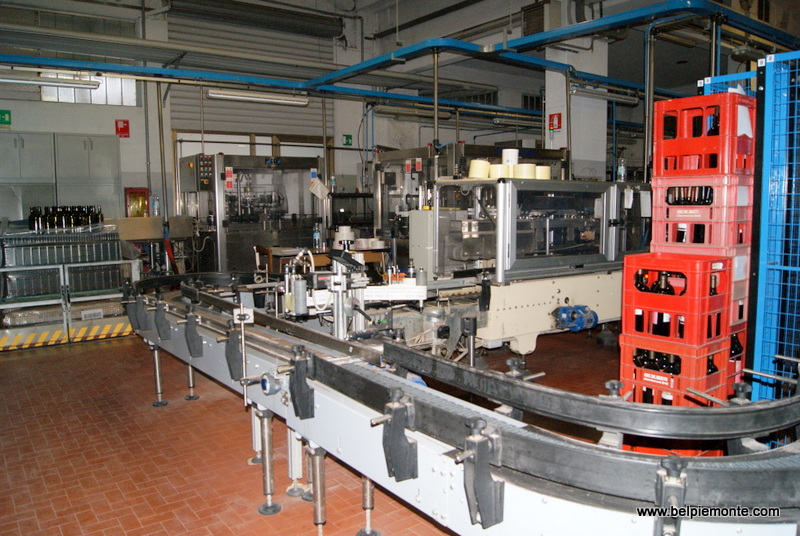

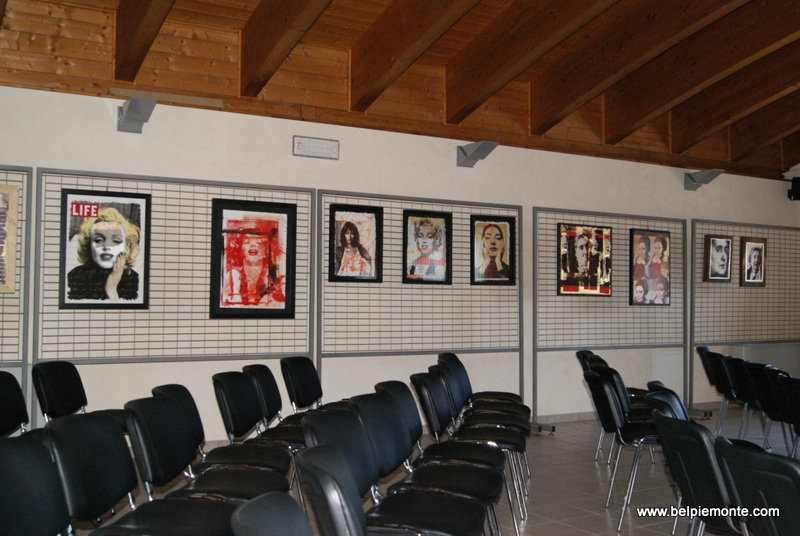
But there is also another important reason – the grape variety itself. Wine makers from Alba area live very well thanks to Nebbiolo that gives expensive, fancy and luxurious wines, while Dogliani area is a Dolcetto homeland. A variety that is widespread all over Piedmont. We are talking about 12 denominations, over 5000 producers, 20 million bottles a year. And it wouldn’t be a problem if not the fact that it is still consumed mainly in Italy, occasionally abroad. Additionally its name itself doesn’t make the marketing easier as it is often perceived as a sweet wine (dolce in Italian means sweet). Actually it’s dry, very fruity and much less tannic then Barolo or Barbaresco wines. So why dolcetto? Because it has very sweet grapes that till today are used to make local delicacy – marmalade called cogna’.
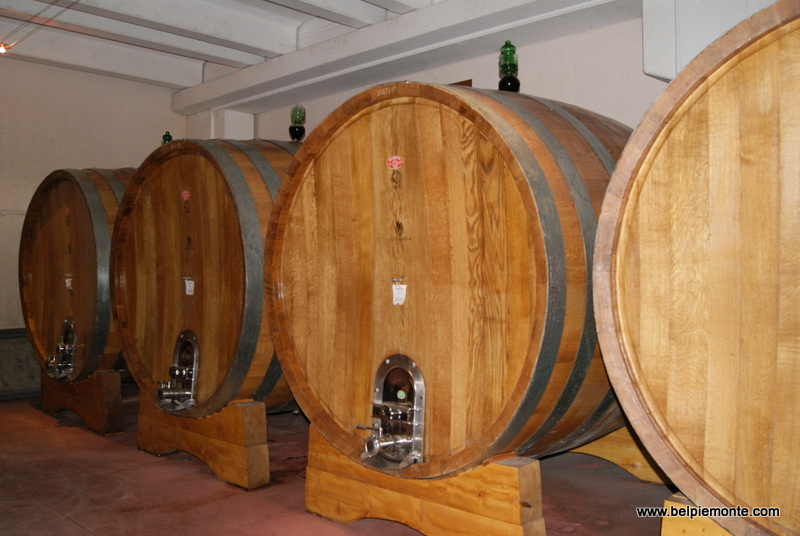
So how la dolce vite (grapevine) turns into la dolce vita? The cooperative aims not only at the quantity (it’s the biggest Dolcetto wine producer in Italy, which means also on the world), but also on the quality. The racehorse of the winery is Clavesana Dogliani DOCG ( 1 500 000 bottles, 80% of total production). It got silver medal from Decanter (Decanter World Wine Awards) for the vintage 2011, while for 2012 it was rewarded with the gold medal. Whereas Gambero Rosso assigned two glasses both to Clavesana Dogliani DOCG 2011 and Il Clou Dogliani Superiore 2010 (5000 bottles/year).
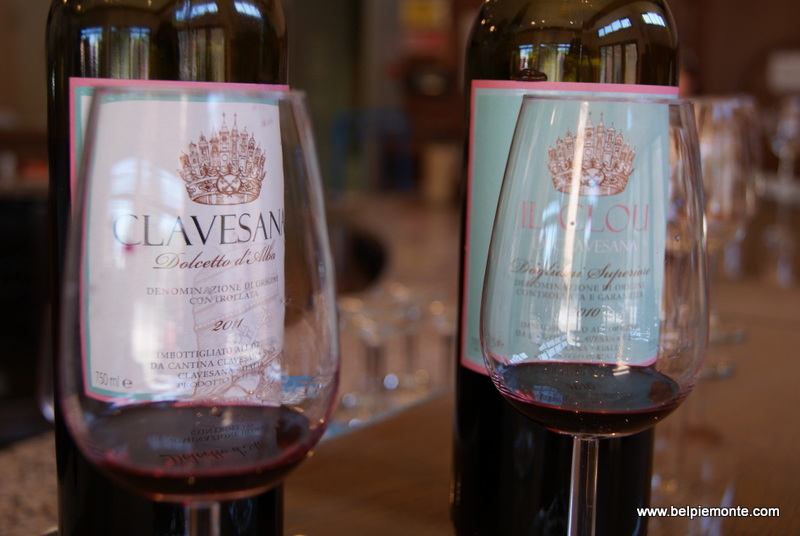
More about awards and the winery you will find on http://www.inclavesana.it/ (available also in English version).
